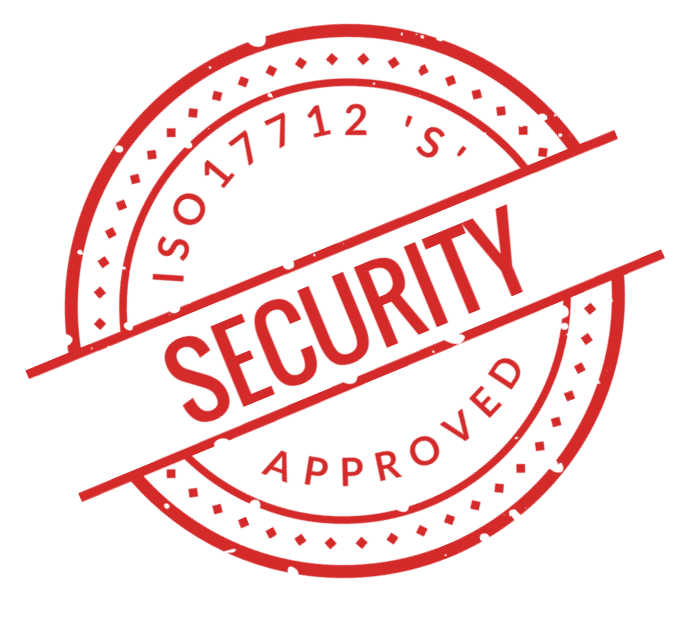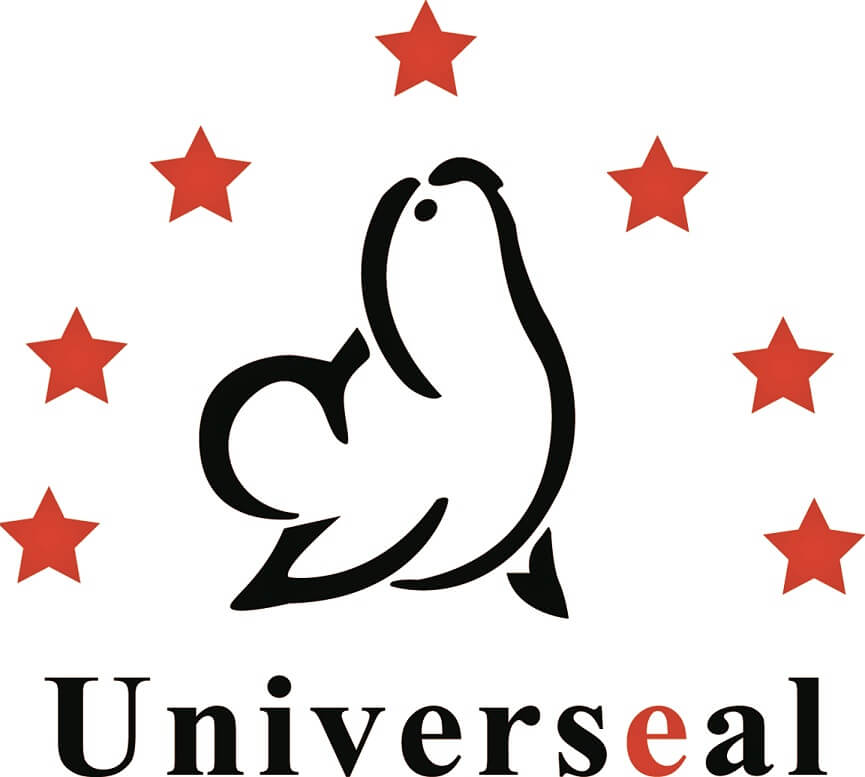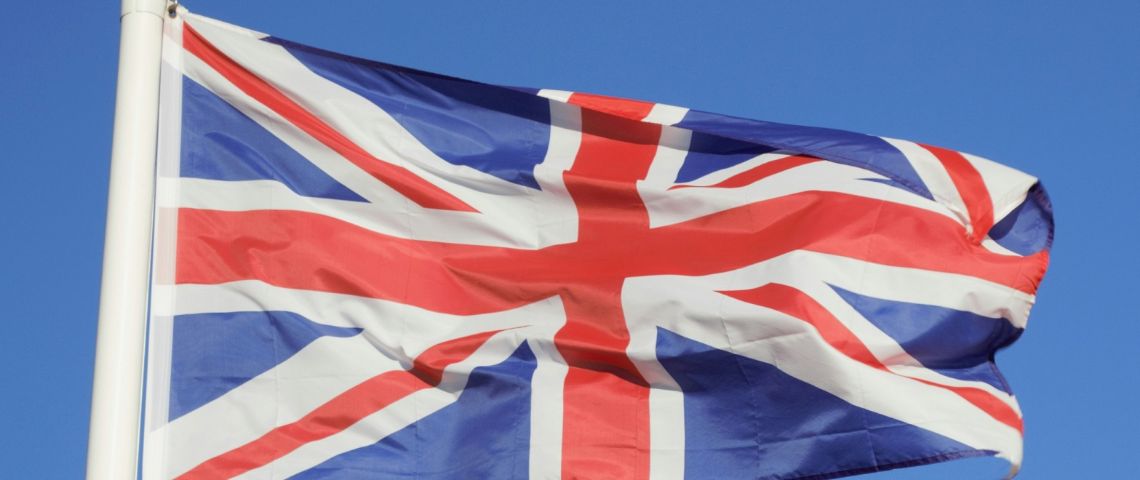On 1 January 2021 the United Kingdom and European Union will finally end the transitional period and the UK will leave the EU Single Market, marking the end of the Brexit process. The departure of the United Kingdom will mean the re-introduction of a customs border between the UK and the EU for the first time since 1973, and this will have major impacts for all businesses importing and exporting goods which cross the new border from start of 2021.
One impact of Brexit and the reintroduction of the customs border will be the increased use of security seals to maintain the integrity of supply routes between the two customs zones, and traders should take care to ensure that all security seals procured are of the appropriate classification and certification which will be required by both UK and EU customs agencies after Brexit.
UK Government Guidance, as stated in HMRC Notice 205 available here, requires that all goods being exported are sealed with customs seals and/or trader seals, as will be the case for UK-EU movements from 1 January 2021. Additionally, goods being transported under the Common Transit Procedure will also require a security seal, which will apply for goods being transported through the UK Land bridge between the Republic of Ireland and the rest of the EU.
Both UK and EU agencies will require that security seals used for customs controlled movements are of the requisite standard to be an effective barrier to intrusion. These standards are laid down by the globally recognised International Standard (ISO) No 17712: 2013 ‘Freight containers - Mechanical Seals’. ISO17712 sets out three classifications of security seal: INDICATIVE, SECURITY, and HIGH SECURITY, and broadly each classification in turn adds increasing requirements in terms of the strength, anti-tamper technologies and security measures which security seals and their manufacturers should adopt.
As a major manufacturer and distributor of security seals since 1992, Universeal UK has been at the forefront of the development of ISO17712 security seals, and we supply a complete range of Indicative, Security and High-Security seals that are suitable for sealing cargo after Brexit.

Our strongest ISO17712: High Security ‘H’ and C-TPAT compliant security seals are recommended for use when sealing shipping containers globally, and comprise the following products:
- Locktainer 2020 Bolt Seal for sealing shipping containers
- Flexigrip 325M Cable Seal for vehicles doors and shipping containers
- Fork Seals for extra strength for high-value shipments

Our ISO 17712 ‘S’ Security Seals are seals exceeding 2.27 Kilonewton break strength, and they are a flexible solution for sealing of vehicle doors, air cargo containers and IBC’s:-
- Flexigrip 250M Cable Seals

- Globe Security Seals
- Flexigrip 150M Cable Seals
Additionally, three of our products have also been specifically tested and accepted by HM Revenue & Customs (HMRC) as suitable Notice 205 customs seals. This means they have been rigorously tested in their design, construction and secure anti-tamper features to ensure that they are resistant to known attempts to defeat security seals and so gain unauthorised access to sealed road, rail and sea freight cargo whilst in transit and during customs handling.
Our range of testing and acceptance certification gives UK and EU importers and exporters the certainty that they are using tested and approved security seals that will help ensure that ongoing international trade is as frictionless as possible. Our Locktainer 2020SH bolt seal, FlexiGrip 150M cable seal and Metal Globe metal strip seal have all been added onto the HM Revenue & Customs sealing acceptance list as appropriate sealing devices for Customs purposes:
| HMRC Classification | characteristics | accepted seals |
|---|---|---|
| Group 1: High-Security Barrier Seals | Barrier Security seals that can withstand a tensile test of 1000kgs and which have the unique reference number marked on each component in the case of two piece seals. | Locktainer 2020 bolt seal |
| Group 2: Security Barrier Seals | Barrier security seals that can withstand a tensile test of 250kgs, together with two-piece seals which, although capable of meeting the physical criteria laid down under Group 1, only have the unique number on one part. | Flexigrip 150M cable seal |
| Group 3: Indicative Security Seals | Classification where strength is not considered a determining factor. | Globe security seal |
The specific acceptance of the above seals as HMRC Customs accepted seals, in addition to the certification under ISO17712, give both UK and EU traders further comfort that Universeal security seals provide a high degree of compliance for the new ‘facts on the ground’ that will apply on 1 January 2021. We would recommend that all importing and exporting companies are mindful of these new requirements after Brexit, and that they take a lead in procuring security seals which meet these standards. All freight entering or leaving the UK should be sealed with accepted trader seals to ensure the minimum amount of disruption during customs handling after Brexit.
The use of approved ISO17712 and HMRC customs-accepted security seals provide you with greatest certainty possible that your cargos are sealed compliantly, and will not be the cause of unnecessary delays at the new border on 1 January.
Please call for more information on our range of Brexit security seals, and to discuss your needs with us.

